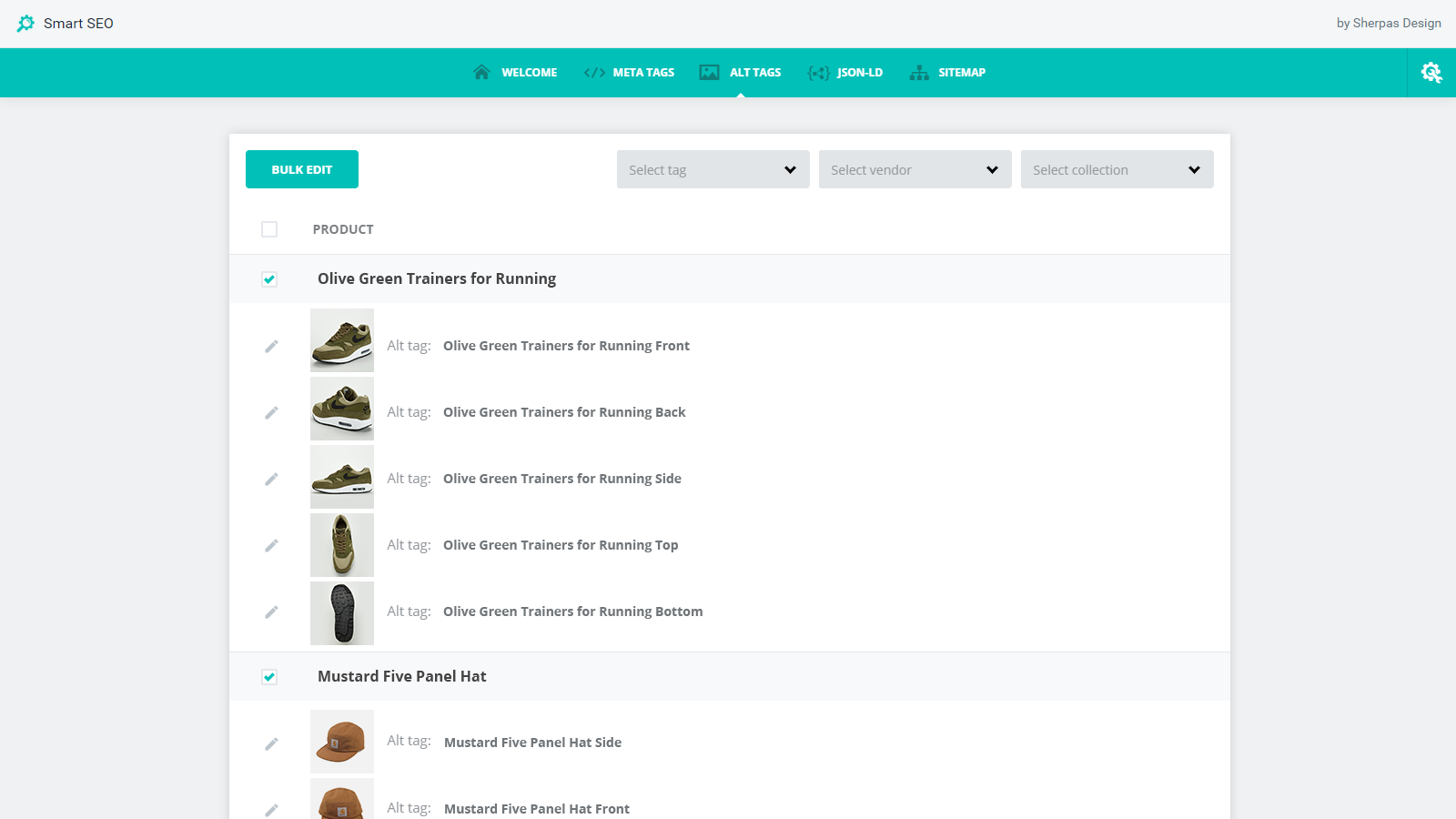

Your success will rely on both the platforms that you advertise on and the keywords that you pay for. These can be rather complicated to get your head around if you’re new to the concept.
Paid Ads – Even if your SEO work has resulted in an excellent level of visibility on search engines, it’s always worth looking at Pay Per Click (PPC) advertising. This means you can ask someone who has a large following to review your product and point them to your e-commerce store. For products, Instagram has a strong influencer presence. It means additional reach, and it means you get an outsized modifier to the conversion process.” Rand Fishkin, Founder of Mozįind the influencers most suited to your Shopify product, and start building up that relationship. “An influencer promoting and amplifying your message, your brand, to their audience means credibility. If you can build a relationship with a relevant social media account with plenty of followers, you’ll find that they can drive more traffic to your Shopify store than you thought possible. Consumers really like having products recommended to them. Use influencers – The rise of the social media influencer has seemingly come out of nowhere, but there’s no disputing their use. Remember, the more site visitors you have, the more chance you have to make a sale. There are some proven basics that will see you get noticeably more traffic. Deciding which ones are best suited to you will depend on your store itself, the niche that you fill, and your plans for Shopify web development. Chris Dayagdag, CEO Marketlink Web Solutions Get More Traffic On Your E-Commerce StoreĪs well as SEO, there are a few other tactics that you can use that will drive more visitors to your store. “SEO is an investment just like a tree that needs effort, patience and time to grow before you can see the result.” Dr. It can certainly be intimidating, which is why it may be worth looking for Shopify experts such as those at Blackbelt Commerce who can take over every element of your SEO and content marketing, and make certain that you are getting the most traffic. Find help – It might be that you don’t have the time or the inclination to concern yourself with the marketing side of your store. Then incorporate those keywords into your content. Do some of your own research and play with Google searches to see what combinations of keywords show the best results. These will be related to your Shopify product or niche. Finding the best keywords is the best way to get better visibility on search engines. Keywords – Search engines scan through websites and judge them based on a number of factors like keywords and site quality. Shake it up a bit, and use graphics or even video to create a better variety of relevant content. Don’t fall into the trap of thinking your content is all blog posts and product descriptions either. That’s just because it’s true and it doesn’t look like it’ll be changing anytime soon. The phrase ‘content is king’ has become a bit overused. Content – Your most useful SEO tool is content. As well as keeping up to date on Google changes, you should also make sure that you follow these basics. The thing about SEO is that you can learn everything about it today, and tomorrow Google can change their preferences. If you’ve ever Googled a consumer question, followed through and purchased a product, then you’ve been affected by some good SEO practice. It’s what you need to address if you want your Shopify site to show up in a prominent position on a Google search. 
Search Engine Optimization (SEO) is going to be a marketing tool that you’ll need to get to grips with. Here’s how you can find those all-important customers. With the help of a Shopify developer such as Blackbelt Commerce, your e-commerce store can help expand your possibilities. You’re going to need to get with some of the basics if you want your Shopify development to be a profitable experience.
HOW DO PEOPLE SEARCH SHOPIFY STORES FULL
The word ‘marketing’ is full of potential. You might think that occasionally posting a new product on your personal Facebook page is all that’s needed to make those amazing sales, but it’s really not. No matter how fantastic your launch day was, if you don’t constantly strive to attract new customers then your Shopify venture is simply not going to grow.

Once your Shopify e-commerce store is up and running, the work really begins.







 0 kommentar(er)
0 kommentar(er)
